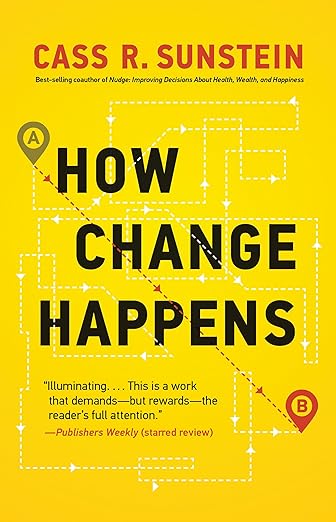The urgency to reduce plastic waste has never been more pronounced. Here in the Netherlands, consumers are charged for plastic containers since July 2023, an approach intended to curb our reliance on disposable plastics. However, this strategy primarily shifts the responsibility to consumers, while the role of restaurants in this equation often remains unchanged. So I thought, while enjoying today’s takeout, how can we nudge our way out of the “plastic tax” more sustainably?

Nudging 101
Nudging involves subtly guiding behavior through positive reinforcement and indirect suggestions rather than direct enforcement. This approach can be particularly effective in the restaurant industry, where small changes in operations and customer interactions can lead to significant environmental benefits. To guide the following nudges, I used the EAST framework developed by the Behaviour Insights team which I’ve written about a few months ago.
The EAST framework simplifies the process of creating nudges by breaking them down into four key principles:
- Easy: Make the desired action or behavior as simple as possible to reduce barriers to compliance.
- Attractive: Draw attention to behaviors through incentives or engaging messaging.
- Social: Use the power of social influence to promote behaviors, showing that most people engage in or support this behavior.
- Timely: Deliver nudges when people are most likely to be receptive to them, such as at decision-making moments.
I like using the EAST framework in behavior change programs because it is straightforward and practical, making it applicable across a wide range of contexts, from public policy to marketing and organizational management. It is a brilliant system and I’ve seen it reused (in a revised way) in other books about change.
Learn more about change from these books
And now on to programming. Let’s apply the EAST framework on minimizing plastic waste.
Easy: Make it simple to choose green
Making sustainable choices easy for both customers and restaurants is crucial. For example, restaurants can switch to providing biodegradable or reusable containers as the default option. This simplifies the decision-making process for customers, who often go with the default choice, thereby reducing the use of plastic.
Attractive: Offer rewards and incentives
Incentives can make the choice of avoiding plastic more appealing. Restaurants might offer a discount or a bonus loyalty point to customers who bring their own containers (I’ve seen this done in cafes where those who bring their own coffee cups pay less). Additionally, using visually appealing biodegradable packaging can attract customers who are mindful of both aesthetics and environmental impact.
Social: Leverage group influence
Social influence is a powerful tool in nudging behavior. Restaurants can create campaigns that highlight how many customers are choosing eco-friendly options, thereby setting a norm and encouraging others to follow. They can also use influencers at this stage, for example, the city mayor, if he/she is popular. Staff can also be trained to promote these choices by sharing the positive impact of customers’ green decisions, enhancing the social appeal.
Timely: Prompt action at the right time
Timely reminders can trigger behavior change at moments when customers are most likely to be receptive. For instance, during Earth Month, restaurants could promote a special campaign encouraging customers to bring their own containers, tapping into heightened environmental consciousness.
By integrating these principles, restaurants not only make it easier for customers to reduce their plastic usage but also create an environment that encourages sustainable choices through attractive incentives, social influence, and timely actions.#




